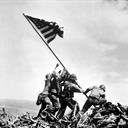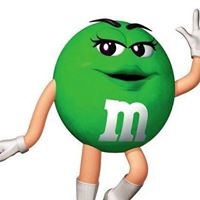Which U.S. president's face appears on a $1,000 (thousand dollar) currency bill?
President Grover Cleveland's face is on the front of $1,000 bill, and "The United States of America" is printed on the back. Last printed in 1940s, these one thousand dollar bill notes were mostly used by U.S. banks to conduct business transactions. People hardly ever used $1,000 bill denomination as a standard form of currency.
In 2017, it is interesting to note that although the U.S. Treasury is no longer issuing large denomination bills, according that agency these bills are nonetheless legal tender. So yes, although it would probably raise some concern, a person could walk into a retail store and plunk down a $1,000 bill to buy for a new smart model TV.
But, buying a new TV might not be the best move to make. Most of the large U.S. denomination bills that are now left in circulation are in collectors' hands. At most auctions, these bills tend to fetch prices that far exceed the face value seen on any of the bills. For instance, a pristine $10,000 bill today can command a price as high as $140,000 on the open market.
Currently, the most expensive paper money ever sold occurred at the 2014 auction with the sale of a "Grand Watermelon" $1,000 (one thousand) dollar bill. It was one of three that was known to have been printed in 1890. It became the single most valuable piece of currency in existence when it sold at auction for $3,290,000.
More Info:
www.investopedia.com






